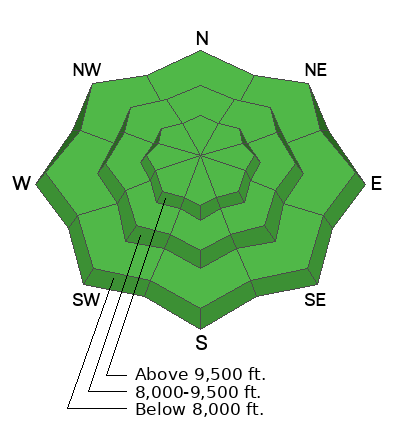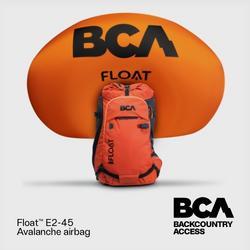Forecast for the Skyline Area Mountains

Issued by Brett Kobernik on
Thursday morning, March 21, 2024
Thursday morning, March 21, 2024
The overall avalanche danger rating for the Skyline is generally LOW.
LOW does not mean NO avalanche danger. It means there is a low threat, but there is still a threat.
Daytime heating of the snow can make it become unstable.
Simply avoid being on or below steep slopes if they become really wet and sloppy, especially later in the day.

Low
Moderate
Considerable
High
Extreme
Learn how to read the forecast here




